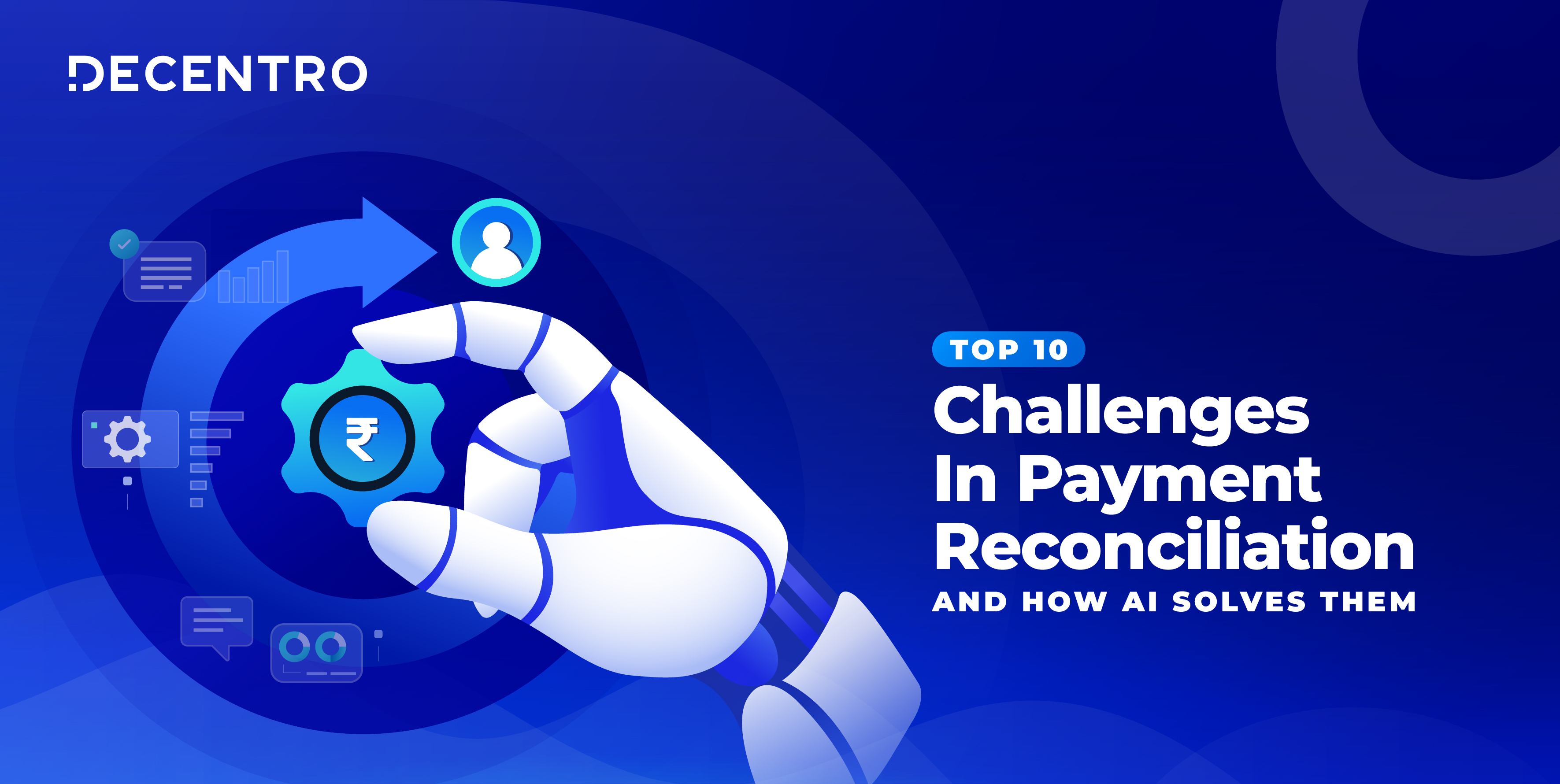Check out our in-depth guide on SDKs, and how they can help you launch your Fintech. We dive into the various components of SDK, how they compare to APIs, and how you can get started.
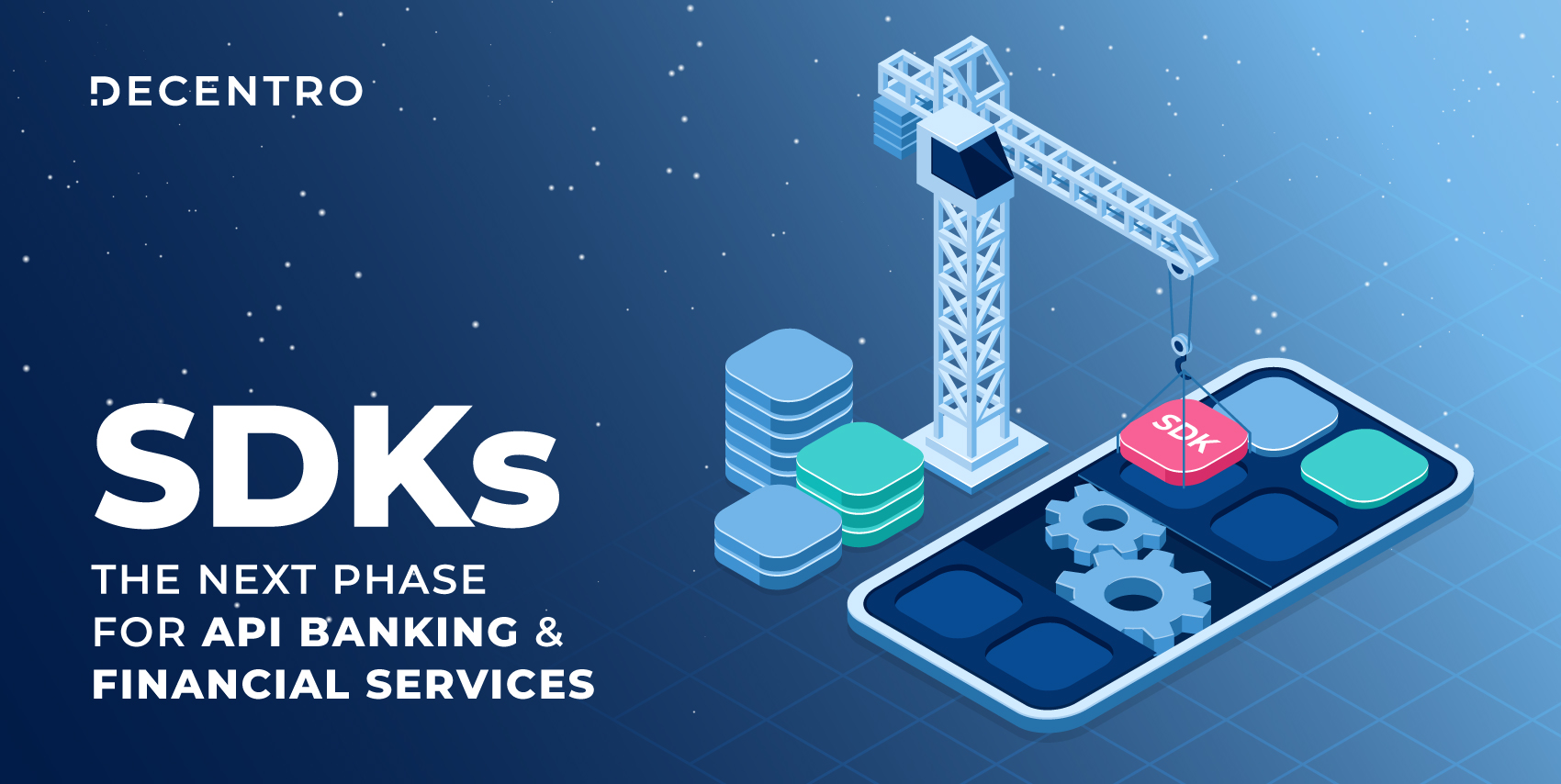
SDKs – The next phase for API banking & financial services
A true blue millennial trying to engineer her full time-career around the world of content. How cliché is that?
Table of Contents

If convenience and speed are the needs of the hour, the ability to bundle them in addressing every need of your business seems like a fever dream. In modern software development, that ease is guaranteed via API stacks. To enhance both the development experience and the end-user experience, what gets organizations over the line regarding implementation is a good quality SDK[Software Development Kit].
SDK consists of software tools and programs developers use to create applications for specific platforms, operating systems, computer systems, or devices in an efficient and standardized manner. Naturally, more and more software teams are integrating pre-built SDK solutions to accelerate new feature releases and maximize their products’ performance and reliability. From pre-revenue startups to monolith organizations such as Google and Facebook, these SDK integrations are critical to their functioning due to their versatility.
For example, SDKs provide in-app analytics, which is crucial for businesses looking to optimize their marketing strategies. If you’re aiming to learn digital marketing, understanding how these analytics work can help you make data-driven decisions. According to Statista, 90% of ad-monetized Android apps have Google’s AdMob SDK integrated, showcasing its significance in digital advertising.The Facebook Audience Network SDK is also present in 19% of all global Android apps utilizing mobile ads.
Without an SDK, any front-end or custom functionality must be made from scratch via API integrations, making this a valuable part of your platform-building exercise. Investors and analysts call these developer tools the next $1 trillion software wave; therefore, it is crucial to understand why your organization must pivot to integrating these solutions sooner rather than later.
SDK vs. API: What’s the major difference?
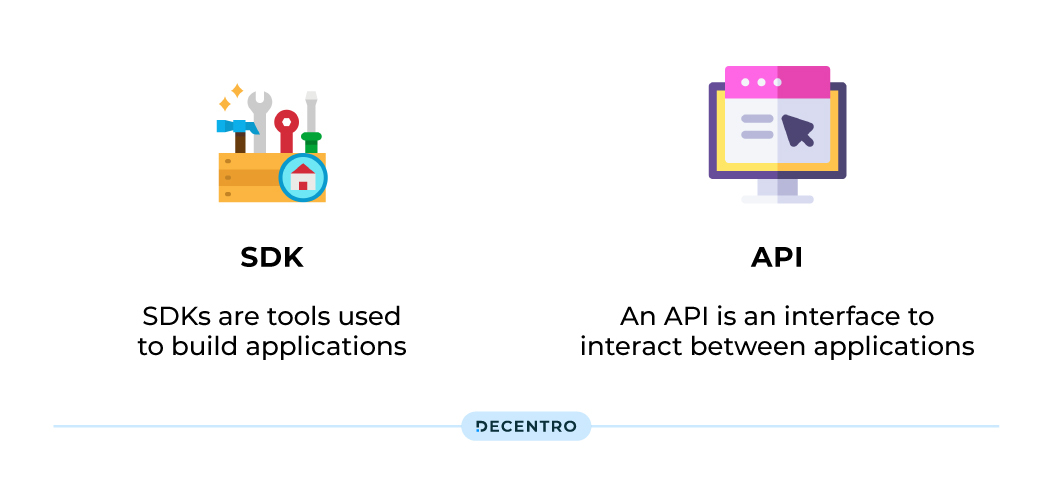
SDKs and APIs serve the same purpose of enabling efficiency but through different approaches.
On the one hand, with APIs, the idea is to act as an interface between two pieces of software and enable defined communication; SDK consists of all the items necessary to make that efficient communication. With that logic, API is one of the fundamental blocks of an SDK and the other essential utilities.
Components Of SDK
Efficiency is the unsung hero of an SDK, making the process easier for everyone involved because everything is pre-built.To deliver on the promise of either or both — and improve the experience in-house and for end-users, most SDKs include a compiler, a debugger, and application programming interfaces (APIs).
More often than not, at least one API is also included in the SDK because applications can’t relay information and work together without the API. The key characteristics of an SDK (shared with APIs) that tend to remain constant across the source or purpose.

- Documentation: Documentations provide detailed steps on how a user can input data, process the code and obtain the output.
- Libraries: Libraries are a collection of files, programs, scripts, and pre-written code that developers can import and use in their code.
- Editors: Programmers can use code editors to write, compile and execute their code.
- Runtime environments: Runtime environments provide a platform with all the functionalities for a program to run.
- Tools for testing: Developers can use testing tools to debug the code, find issues and make necessary fixes so that the software works as intended.
Why Look at SDKs?
Growth and Efficiency are the words of this decade.
- A scalable business use case
- An efficiency-focused solution building.
- A targeted approach towards customer satisfaction.
With three critical laterals of the organization striving towards a collective goal, a tool like SDK holds the potential to enable that goal. The hook being SDKs can cater to the needs of each of these laterals.
For the developers, there is the promise of the holy trinity.
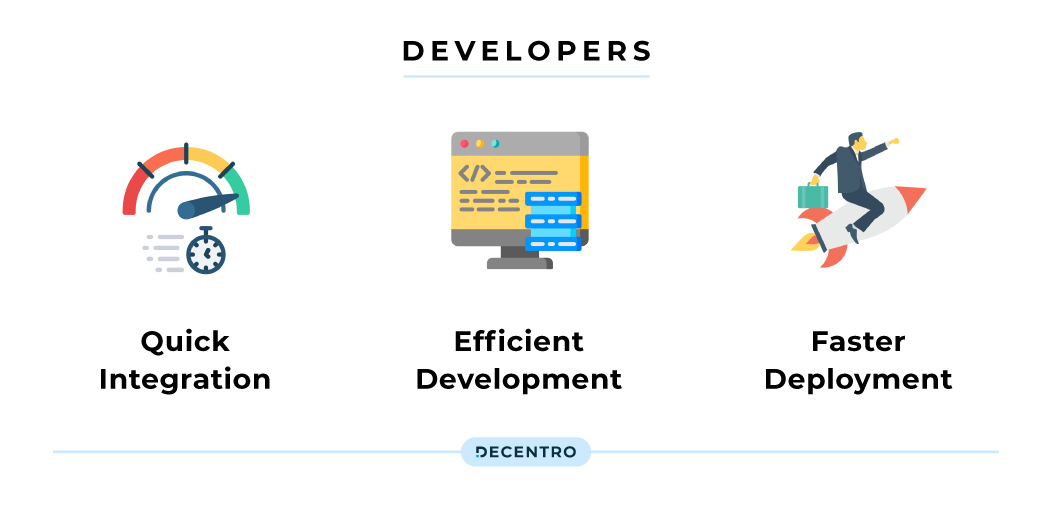
- Quick integration: SDKs contain all the components developers can incorporate into their applications. Seamless integration helps in the faster development of an application and a shorter time to market.
- Efficient development: On average, a typical app uses 18 third-party SDKs and more if it’s a game. Along with providing a variety of components, SDKs also contain additional functionalities such as crash reporting, solutions to common errors, and gathering analytics, which can make the development process more efficient.
- Faster deployment: With all the leading platforms already providing public SDKs, developers can accelerate the deployment process.
For Operation Team, there is the promise of

- Customized user experience: Using an SDK tool lets you decide how a product interacts with third-party applications. You can also customize your product’s user interface to suit client requirements.
- Improved reach: Using an SDK helps improve a product’s interoperability, which is its ability to integrate and interact with other products or systems. It helps build credibility for the brand and exposes the product to a broader audience.
- Built-in support: SDKs contain code that is simple and easy to understand, along with detailed documentation. This helps developers resolve issues quicker and focus more on the development quality.
For the Business Team, we have the promise of

- Shortened sales cycle: With rapid deployment being the star performer in the SDKs, there is room to create more features efficiently, push them to market, and shorten the sales cycle.
- Build new revenue streams: 98% of enterprise leaders believe that APIs and devkits are key for digital transformation and expanding product offers for business growth. With the heavy back-end lifting taken care of, these solutions give developers a proven, modular foundation to build on instead of diverting time and resources to reinvent existing features and explore new revenue streams.
- Reduced Customer Acquisition Cost: With full control over development and deployment, an effective solution catered to the customer’s needs promises a rich customer experience. This promise, in turn, furnishes lower acquisition costs and higher customer retention.
SDKs for Payments and Banking
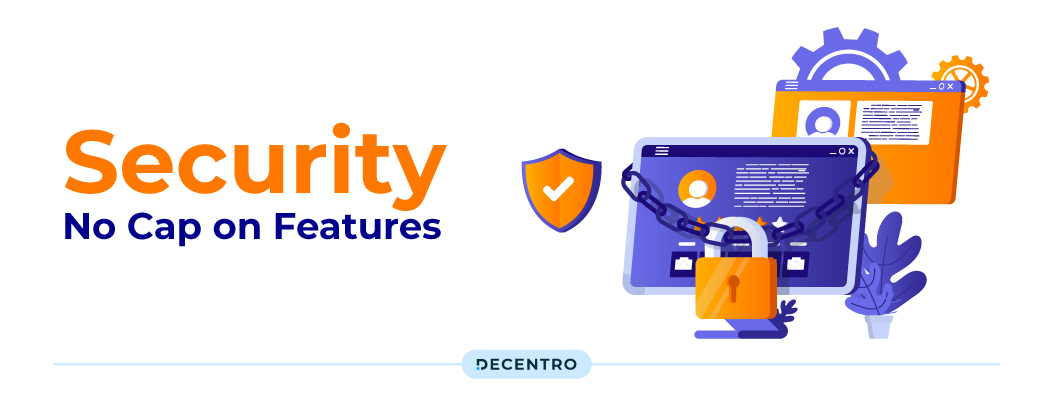
With the benefits of these devkits being so prominent, their adoption across various industries is only natural. Banking is one of the most “at the risk” sectors, and it constantly needs solutions that elevate security and encryption for its banking or payment gateway platform to thrive. This need is tailor-made for SDKs, as they can enable
- Security
To mitigate any data leaks and establish a platform on which end customers can believe and rely, companies opt for SDKs.
One of a financial institution’s most prominent use cases is Mobile SDKs for KYC verification. By implementing mobile SDKs, financial institutions can massively increase their reach, dip into a larger customer pool, and open millions of accounts. Studies have shown that customers complete KYC verification 30% faster when using mobile SDKs than other implementations.
There is also the promise of improved data capture and extraction. Mobile SDK implementations have the unique advantage of accessing a mobile phone’s built-in features. Mobile phone cameras are capable of capturing high-quality and high-resolution images. The superior quality of these images makes OCR-enabled data extraction much easier, allowing for faster and more comprehensive verification.
This reduces pressure from their in-house programming team and lets them manage the already developed SDKs and server integrations with end-to-end security.
- No cap on features
Do you want to get a payment gateway integrated?
Do you want to establish communication channels on banking apps or platforms?
Or want to get a specific card type enabled?
As far as features are concerned, there is no cap! SDKs can help! The drill is to choose the right type of SDK and leverage the stability, functionality, and security it adds to your platform.
How to choose the right type of SDK?
We have created a checklist for you because everything is better with a list.
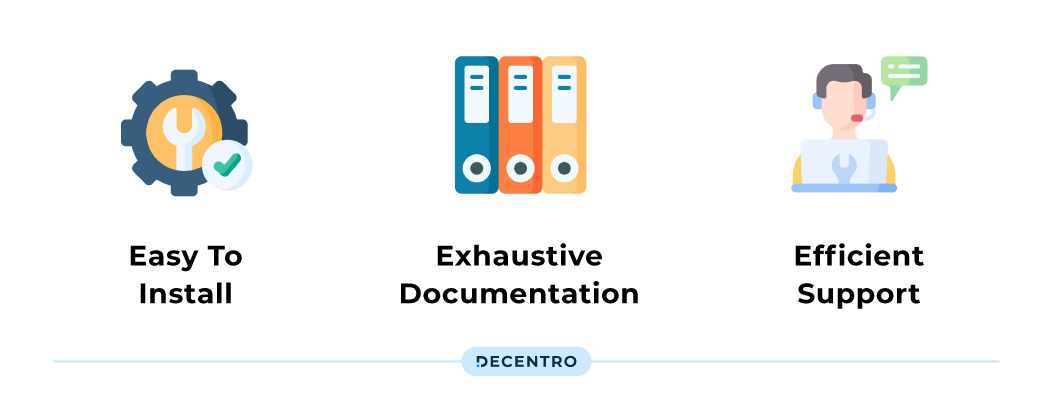
- Easy to install and versatile
- Exhaustive with its documentation so that developers do not have to look elsewhere
- Efficient support team, which can help you resolve any issue during or after the implementation

How to get started with Decentro’s SDKs?
The only segway that matters now is how you can access Decentro’s SDKs. With Fintech lenders, gig economy, marketplaces, and wealth managers already leveraging Decentro’s banking APIs to solve their financial woes, there is scope for them to incorporate a more comprehensive devkit in the form of SDKs for their evolving business use cases. Even after integrating, our platform takes care of all upcoming fixes & iterations without any breakage on the workflows.
Is it an investment you are ready to make for your business?


